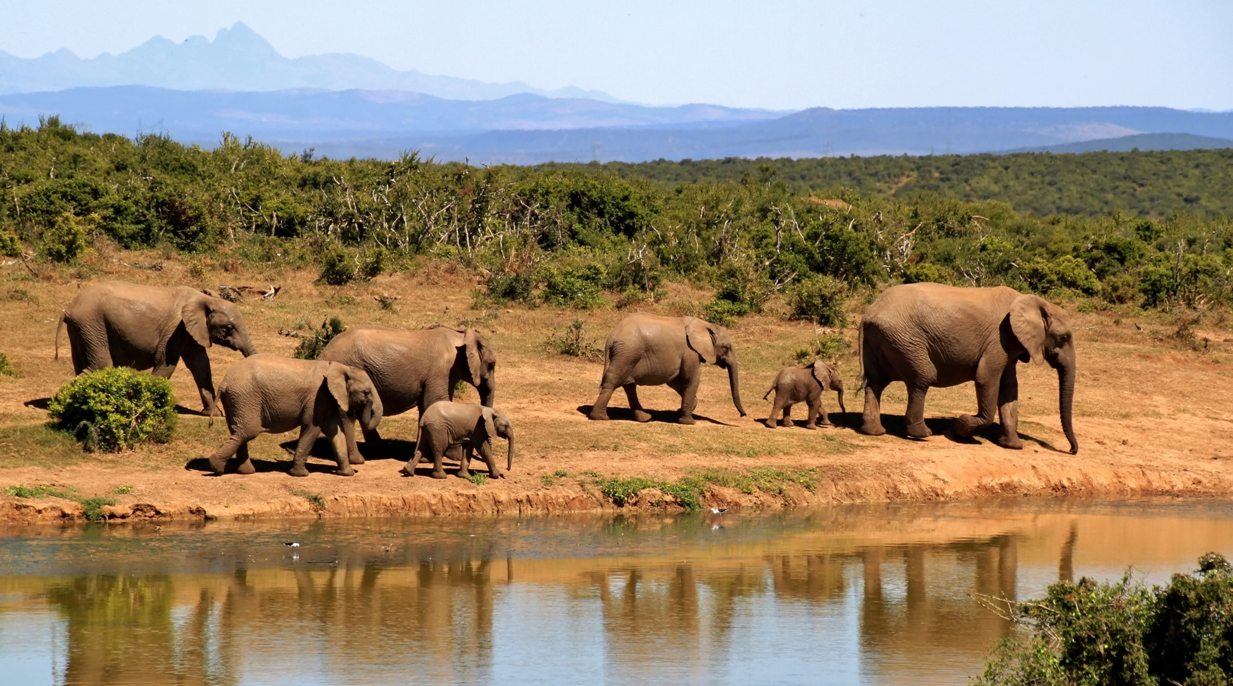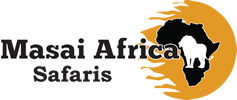
The Masai Mara National Reserve, in south-west Kenya, is a wide beautiful expanse of gently rolling African savannah grasslands that stretches for 1510 square kilometers and borders Tanzania’s Serengeti National Park to the south.
Masai Mara is well known for its vast scenic environment and the abundance of wildlife. People flock to this wildlife paradise for a variety of reasons. Lions, Cheetahs, Elephants, Rhinos, African Buffaloes, Wildebeest, Giraffes, Zebras, and other animals can be found roaming freely in the park, free to explore the vast wilderness that spreads for kilometers.
Things to do
Witnessing The Annual Wildebeest Migration – This is the phenomenal annual migration of the wildebeest and other animals such as zebras, grants gazelle, Thompson gazelle and others from Kenya to Tanzania in search of the lush green grass due to the short rains in the country. We recommend going in mid-July for seasons 2022, as this is when the migration begins in earnest, with the larger herds of wildebeest moving into Masai Mara. The migration continues until the end of August, after which it begins to slow down until mid-September.
Visiting The Maasai Village – The Maasai, Africa’s most famous tribal group, inhabits large expanses of Kenya’s southern regions and is the most populous ethnic group in the Masai Mara. Many of the practices of this nomadic, warrior tribe, who formerly ruled large parts of pre-colonial Kenya, are still followed in the Masai Mara region, where they are mostly undisturbed by contemporary society. So, why should you visit a Masai village and what should you expect to see there? This one-hour visit to a Masai hamlet allows you to interact with Masai people, learn about their culture and way of life, and witness some of their ceremonies and traditions firsthand. The visit cost may vary from USD 25 to USD50 per person.
Hot Air Safari Through Masai Mara Sky – On any Masai Mara safari, a hot air balloon flight above the grasslands of the Masai Mara is an amazing experience. Early in the morning, at 6 a.m., the balloon takes off, drifting silently over the savannah grasslands below, where you may glimpse a variety of wildlife. The hour-long trip is followed by a “Champagne Bush Breakfast” at the wild balloon landing site. The balloon is normally piloted by a fully qualified and experienced pilot, and the balloons are made by Cameron, a professional hot air balloon manufacturer in the United Kingdom. The basket sizes vary, and because space is typically limited, it’s best to plan ahead of time. The hot air safari may vary from USD 380 to USD 475.
Walking Safaris and Nature Trails – This are guided bush walk within the national reserve being provided with security and a local guide. With the exception of Hells Gate National Park, almost all Kenyan national parks have walking limitations. The same is true on both the Narok county and the Mara Conservancy sides of the main Masai Mara National Reserve. Private conservancies encircling the main reserve, on the other hand, may be able to conduct well-planned and supervised walking safaris, while camps and lodges even within the main reserve offer shorter nature walks, usually lasting no more than an hour, in close proximity to the safari property.
Bush Dinners and Sundowners – Dining under the African stars is referred to as a bush meal. Whether you’re dining on the river’s side with the hippos grunting or on the plains with unrestricted views of the big game, this is an exhilarating experience. In most situations, the bush meal will begin as the sun begins to set. Enjoy an amazing urban dining experience in the wild. The well-lit set up under the star’s servers the perfect experience.
